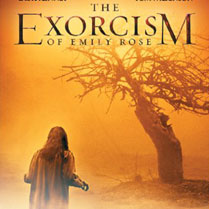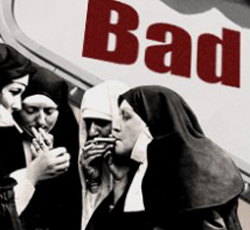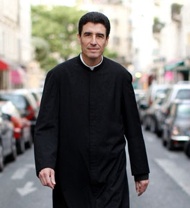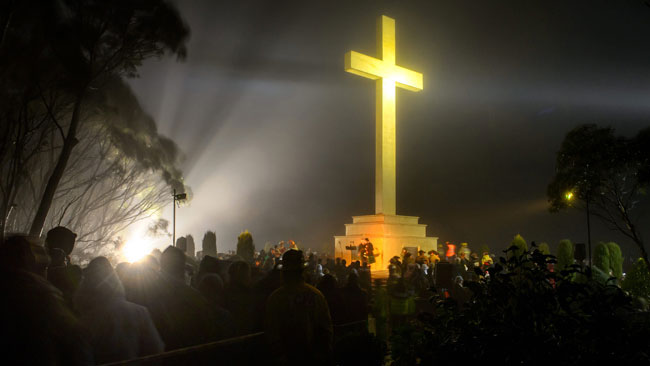The Exorcism of Emily Rose is, to my mind, one of the best films related to exorcism. It’s not so much a horror movie as it is a courtroom drama.
(That doesn’t mean it’s not scary — it is! I saw it with friends who walked away half-way through the movie, unwilling to watch the rest. As for myself, I watched it to the end, but I did make an especially thorough examination of conscience and sacramental confession that week!)
The film’s treatment of the rite of exorcism is quite good by Hollywood standards. However, I was always dubious of the suggestion that Emily Rose was a holy mystic, whose demonic possession was permitted by God for the atonement of sins. I imagined that was incongruous with Catholic teaching on possession, which more commonly afflicts people who have meddled with the occult and (often inadvertently) consented to demonic influences.
But perhaps I am wrong. Maria Bolognesi is a Servant of God (meaning her cause for canonisation is underway) who was allegedly blessed with many mystical gifts. But, like the fictional Emily Rose (who is based on the historical Anneliese Michel), Bolognesi claimed to endure a period of demonic possession in atonement for sins:
In 1942, Maria Bolognesi had her first vision of Jesus, which was confirmed by the gift of a wedding ring and the miraculous healing of a woman friend of hers.
Shortly after that, she began to undergo within herself the sufferings Christ experienced on Calvary. Before showing himself to her, God permitted that, for her purification, she should live through a period of demonic possession, which lasted almost two years. For a year and a half Maria was immersed in unbelievable suffering, which affected her physically and morally.
Bolognesi isn’t a saint yet, so I presume these claims have not received ecclesial approval. But it has reminded me — yet again — that Catholic teaching is more complex and nuanced than I know. It’s becoming more and more apparent that “thinking with the mind of the Church” is a life-time proposition!






Recent Comments